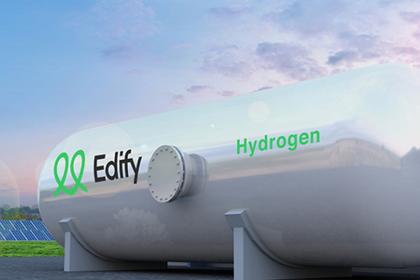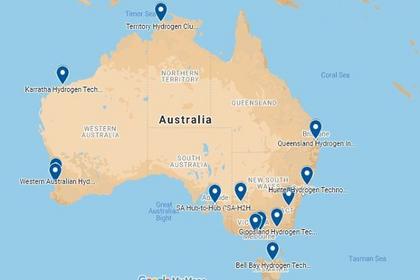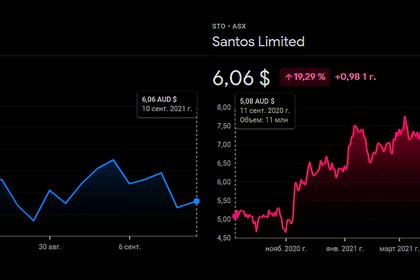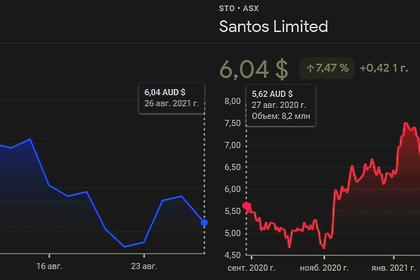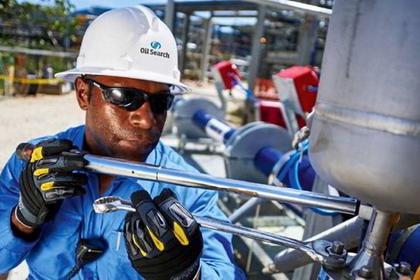
AUSTRALIA'S RENEWABLE INVESTMENT $7.5 BLN
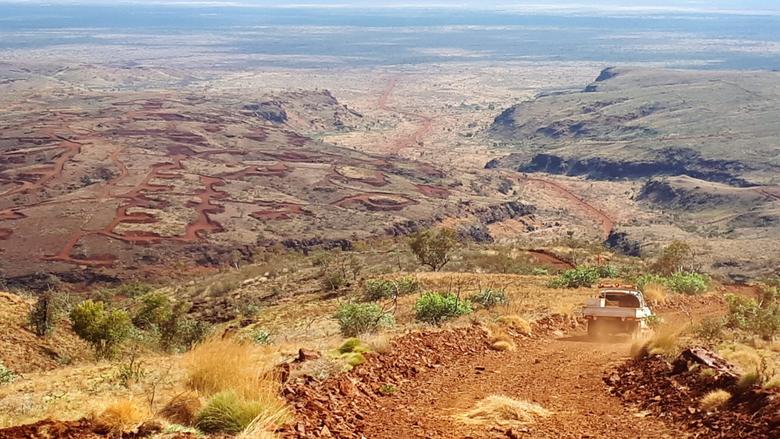
RENEW ECONOMY - 20 October 2021 - Mining giant Rio Tinto has unveiled plans for massive investments in wind and solar, including up to 5GW (5,000MW) for its Boyne Island and Tomago smelters and another 1GW for its huge iron ore mines in the Pilbara in Western Australia.
The projects were unveiled as part of Rio Tinto’s newly announced plans to spend $US7.5 billion ($A10 billion) slashing its scope 1 and scope 2 emissions by half by 2030.
The plan also includes investments in green steel and green aluminium, replacing gas power, as well as the full electrification of its Pilbara grid, including all trucks, mobile equipment and rail operations, which will require at least another gigawatt-scale renewable deployment, taking the total to more than 7GW.
“Society at large is also demanding companies take more action to decarbonise.” the company said in a statement before a presentation to investors. “To meet the challenge, stay relevant and capture the opportunity Rio Tinto is raising its ambition and taking actions.”
Rio Tinto said the 50 per cent cut in Scope 1 and 2 carbon emissions by 2030 more than triples its previous targets. A 15 per cent cut in emissions for 2025 is five years earlier than previously stated.
This comes as the federal government refuses to advance its meagre emission targets for 2030 ahead of the COP26 Glasgow climate summit, despite appeals from scientists, industry, big business, investors, developers, the UN and the Australian public.
Rio Tinto joins fellow iron ore giants Fortescue Metals and BHP in taking a leading position in turning to renewables to power their operations. Fortescue is going further than most with a 300GW renewables plan for green hydrogen, but visually every smelter and refinery in Australia is turning to wind and solar.
“Rio Tinto can decarbonise, pursue growth and continue to deliver attractive returns to shareholders due to its strong balance sheet, world-class assets and focus on capital discipline,” the company said in its statement.
CEO Jakob Stausholm said the action was being taken because it would strengthen its business.
“We have a clear pathway to decarbonise our business and are actively developing technologies that will enable our customers and our customers’ customers to decarbonise,” he said.
“We are able to do this, while continuing to provide attractive returns to our shareholders in line with our policy, because we have a strong balance sheet and world-class assets that deliver strong free cash flows through the cycle.”
The big ticket items are the 5GW of wind and solar that will be needed to supply cheap, green electricity for its Boyne Island smelter in Queensland.
Rio Tinto also noted that the development of it Elysis technology to eliminate carbon emissions from the smelting process is progressing, with commercial scale technology on track for 2024.
The decarbonisation of the Pilbara iron ore system will involve the “rapid deployment” of 1GW of wind and solar power, which would abate one million tonne of CO2 a year and replace gas for plant and infrastructure.
Stausholm said the company would consider off-take agreements for the 1GW of wind and solar needed for the Pilbara.
“On the first GW, time will tell, but we are prepared to use our balance sheet to do it ourselves,” he said in response to a question. It wants it built by 2025.
This would then facilitate the full electrification of its entire Pilbara system, including all trucks, mobile equipment and rail operations, and would require further gigawatt-scale renewable deployment and advances in fleet technologies.
Currently Rio Tinto only has small solar arrays, a new 34MW project at Gudai-Darri, a small 4MW solar farm at Weipa, which is being expanded, and a 20MW facility at QMC.
It said options to provide a greener steelmaking pathway for Pilbara iron ore are being investigated, including with biomass and hydrogen.
However, environmental groups said while the increased targets were welcome, they still fell well short of the Paris climate treaty, although they were in part driven by threats of carbon border tariffs.
They also said Rio Tinto needed to do more on scope 3 emissions, which come from the supply chain. (Scope 1 emissions come from direct sources such as manufacturing, scope 2 from sources such as electricity consumption).
“Rival resources firm Fortescue Metals Group has already beaten Rio to the punch by committing to net zero Scope 1 & 2 emissions by 2030 and net zero Scope 3 emissions by 2040,” Greenpeace’s Linday Soutar said.
“Rio Tinto has recognised the huge economic threat to Australian resources exports from carbon border tariffs unless urgent action is taken to reduce emissions and is acting accordingly ahead of the COP26 climate summit in Glasgow.”
“We’re now seeing one of the biggest polluters in the country outstripping the Federal Government in its climate commitment. Scott Morrison’s weak climate targets aren’t fit for purpose as the business energy transition leaves them in the dust.”
Rio Tinto said it aimed to reducing its scope 3 emissions by 30 per cent by 2030, although most of these emissions (80 per cent) came from iron and steel processing in China.
Some other points of note: Rio Tinto says it has applied an internal carbon price of $75/tonne. It says copper will be in strong demand. With more than 50 per cent of new car sales across the world to be electric by 2030, EVs need 80kg of copper in each car, four times more than petrol or diesel cars.
Likewise, wind and solar both need up to 4 tonnes of copper per MW installed, compared to 1MW for thermal power plants. This is expected to support a huge boost in demand for copper.
-----
Earlier:
